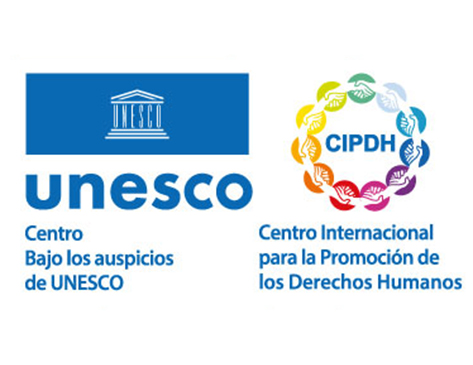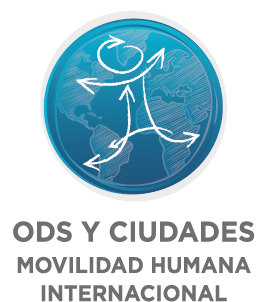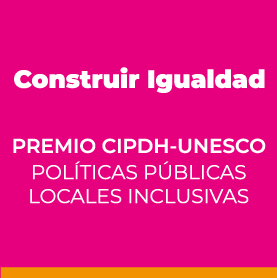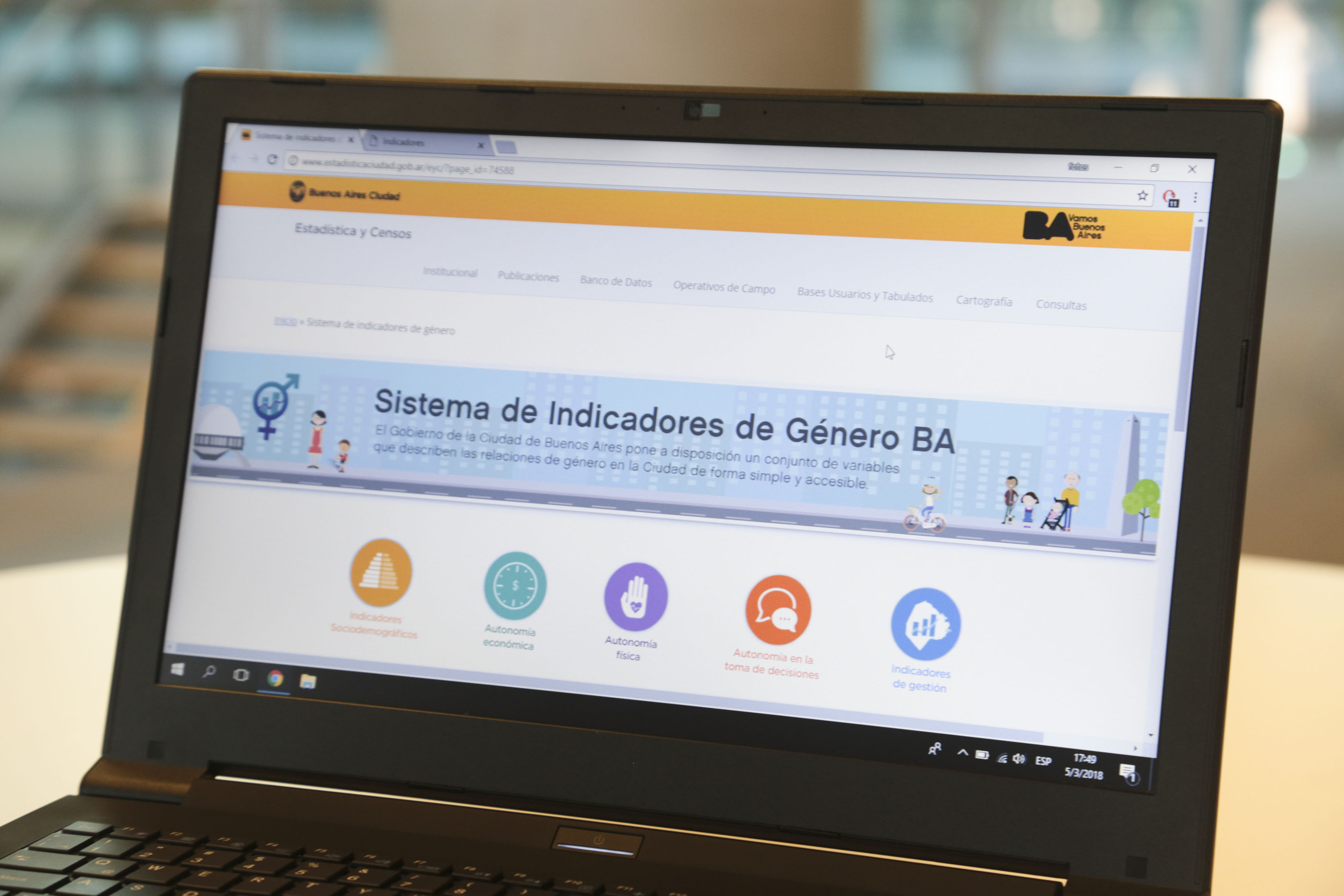
- Region
- Latin America and the Caribbean
- Range of Demographic Size
- 1,000,000 inhabitants or more (metropolis)
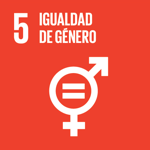
5.1 End all forms of discrimination against all women and girls everywhere in the world.
5.5 Ensure women’s full and effective participation and equal opportunities for leadership at all levels of decision-making in political, economic and public life.
5.2 Eliminate all forms of violence against all women and girls in the public and private spheres, including trafficking and sexual and other types of exploitation.
5.3 Eliminate all harmful practices, such as child, early and forced marriage and female genital mutilation.
5.4 Recognize and value unpaid care and domestic work through the provision of public services, infrastructure and social protection policies and the promotion of shared responsibility within the household and the family as nationally appropriate.
Declaration on the Elimination of Violence Against Women.
• Inter-American Convention on the Prevention, Punishment, and Eradication of Violence against Women (Convention of Belém do Pará)
Summary
The Gender Indicators System of the City of Buenos Aires (SIGBA) is a set of statistical and management data with a systematic perspective of gender autonomy (in consonance with the guidelines of the Division for Gender Affairs of ECLAC). It helps raise awareness of the differences in the situation of men and women in the Autonomous City of Buenos Aires (CABA). It has the triple purpose of making the gender situation visible, inform public discussion and encourage evidence-based decision-making to achieve greater equality in opportunities.
It is characterized by its open format, i.e., the data may be easily downloaded from the Web for free, and can be shared and reused by the users. Likewise, the system programming is also available in open code.
Implementation Date:
Start: 03 / 1 / 2018
End: End: Currently in force
Society in general
- Web: https://www.estadisticaciudad.gob.ar/eyc/?page_id=74588
- Telephone: (Español) (54) 11 4032-9145/9147
- Social Network:
Instrumentos

5.1 End all forms of discrimination against all women and girls everywhere in the world.
5.5 Ensure women’s full and effective participation and equal opportunities for leadership at all levels of decision-making in political, economic and public life.
5.2 Eliminate all forms of violence against all women and girls in the public and private spheres, including trafficking and sexual and other types of exploitation.
5.3 Eliminate all harmful practices, such as child, early and forced marriage and female genital mutilation.
5.4 Recognize and value unpaid care and domestic work through the provision of public services, infrastructure and social protection policies and the promotion of shared responsibility within the household and the family as nationally appropriate.
Declaration on the Elimination of Violence Against Women.
• Inter-American Convention on the Prevention, Punishment, and Eradication of Violence against Women (Convention of Belém do Pará)
Location
- Region
- Latin America and the Caribbean
- Range of Demographic Size
- 1,000,000 inhabitants or more (metropolis)
Contact details
- Email:
- Web: https://www.estadisticaciudad.gob.ar/eyc/?page_id=74588
- Telephone: (Español) (54) 11 4032-9145/9147
- Social network:

